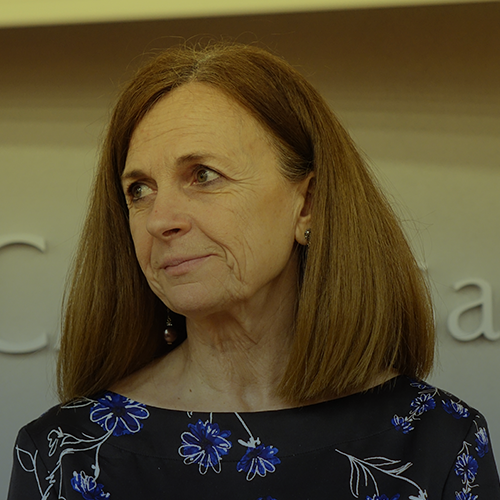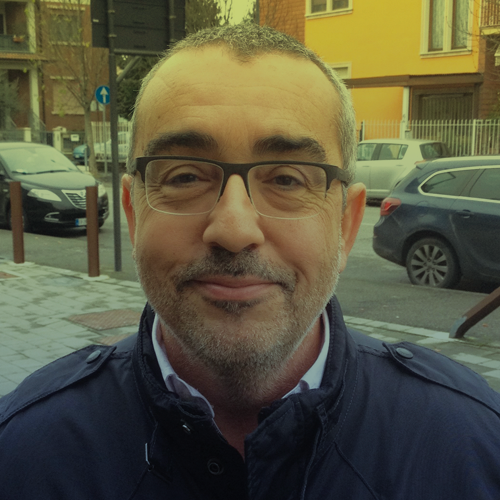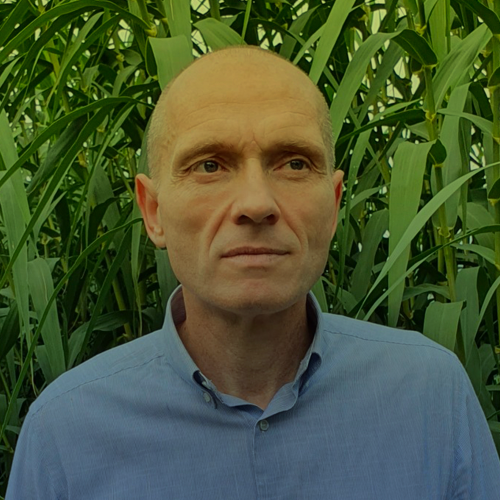About us
PHEM Institution and Committees
The Plant HEalth Modelling (PHEM) Research Centre, part of Università Cattolica del Sacro Cuore (UCSC), was established by Rectoral Decree No. 1271 on October 21, 2014. 1271.
Article 34 of the UCSC Statute defines Research Centres as structures established to promote and carry out activities aimed at specific objectives. These centres may include the participation of university professors and researchers, even from multiple departments and institutes, and may collaborate with other university and non-university institutions. The establishment and regulation of these centres are governed by specific statutes approved by the Executive Committee, in agreement with the Academic Senate, upon proposal by the interested Faculty Councils.
The Research Centre carries out its activities at the Piacenza and Cremona campuses of UCSC, primarily making use of the research facilities and laboratories associated with the Department of Sustainable Plant Productions (DiProVeS).
The Statute of PHEM (click to access the Statute) provides for a Director – a role initially assigned to Vittorio Rossi, Professor of Plant Pathology at DiProVeS, and, following his retirement, to Paola Battilani, also Professor of Plant Pathology at DiProVeS – a Secretary – a position assigned to Tito Caffi, Professor of Plant Pathology at DiProVeS – and an Executive Committee. The administration of the Research Centre is entrusted to the administrative offices of UCSC.
PHEM relies on a Scientific Committee (SC) of international standing. The SC members are designated by the Rector, upon the proposal of the Executive Committee. The SC is responsible for providing scientific guidance regarding the Centre’s activities and research programmes.
The PHEM organization chart
Where we come from
Plant health modelling has historical roots that date back to the early empirical observations, which were later translated into simple rules and relationships between environmental variables and the development of harmful organisms.
Later, the sector underwent significant developments thanks to the advancement of knowledge on biological and ecological processes, the development of methods for simulating these processes, and the refinement of tools and techniques for the collection and automatic processing of meteorological and biological data. Mathematical models have found wide application in crop protection, becoming an integral part of Integrated Pest Management (IPM) tools and the EC Directive 2009/128 on the Sustainable Use of Pesticides. Today, mathematical models are an essential component of Decision Support Systems (DSS) in the context of Agriculture 4.0.
For an in-depth look at the role of mathematical models in plant protection within the Italian context.
There is a need today to:
-
Ensure continuity in scientific research on modelling applied to plant health
-
Create a network for sharing knowledge on methodological approaches, developments, and applications of models among researchers and model users
-
Promote training activities for industry professional
-
Raise awareness and engage Public Authorities and Private Organisations in the rational development and use of models
PHEM was established to address these objectives and is ideally positioned as a continuation of GRIMPP (Research Group for Modelling Applied to Plant Protection).
For an in-depth look at GRIMPP
Plant Health Modelling – Research Centre
The Executive Committee
Prof. Paola Battilani primarily works on fungi that produce mycotoxins and has participated in numerous national and international research projects on related topics, often as a coordinator.
The main research topics have focused on the ecophysiology and host interaction of mycotoxin-producing fungi in agricultural crops (fumonisins, aflatoxins, and deoxynivalenone in corn, deoxynivalenone in wheat, aflatoxins in dried fruits, ochratoxin in grapes, various mycotoxins in apples), including the role of agronomic techniques; fungi responsible for mycotoxin contamination in animal-derived products; development of models for predicting the development and production of mycotoxins, even under climate change conditions; methods for preventing mycotoxin contamination, including biocontrol, and the development of decision support systems (DSS). She has also coordinated projects funded by EFSA and the European Commission. She currently coordinates the European project MYMATCH (MYcotoxin MAnagement platform to face Climate change impact on food safety and Human Health). She is an editor for the “World Mycotoxin Journal” area, a member of the editorial board of “Food Microbiology” and “ToxinsI”. She is the current president of the Italian Society of Plant Pathology (SIPAV). Recently, she was included in the top 2% of researchers worldwide (Stanford University database – Ioannidis et al., PLoS Biology 2020 10.1371 / journal.pbio.3000918 – confirmed in 2022). Scopus data: 169 publications, 7107 citations, H-index 47.He has thirty years of teaching experience in degree programmes, master’s, and doctoral courses, in various disciplines such as plant pathology, epidemiology, crop protection, food safety, and biometry.
The main activity focuses on the study of pathogens, with particular attention to biological, ecological, and epidemiological aspects. These studies aimed at modelling the relationships between the pathogen, the host plant, and environmental conditions, using an approach derived from ‘System Analysis.’ The models developed have been validated under different epidemiological conditions, in various countries, and are currently used in early warning systems and Decision Support Systems (DSS) for crop protection within a sustainable agricultural approach. The main research fields include the study of diseases in major agricultural crops, particularly grapevines, the study of mycotoxin-producing fungi, modelling the occurrence and development of diseases, and the preparation of DSS. Recently, he was included in the top 2% of researchers worldwide (Stanford University database – Ioannidis et al., PLoS Biology 2020 10.1371 / journal.pbio.3000918 – confirmed in 2022). Scopus data: 244 publications, 4576 citations, H-index 36.
He primarily focuses on the study of the biological, ecological, and epidemiological characteristics of fungal pathogens in major agricultural crops, particularly grapevines.
These studies aim to collect and analyse the data needed to build epidemiological, mechanistic, and dynamic models capable of simulating the biological cycle of pathogens and providing useful information for plant protection applications. In addition to the development of mathematical models, he also works on their validation in the field and in different cropping environments, as well as their integration into Decision Support Systems (DSS) for crop protection in sustainable production systems. Scopus data: 50 publications, 1502 citations, H-index 23.
He is a full professor at the Università Cattolica del Sacro Cuore in Piacenza, specialized in Agronomy (AGR02).
Since 2020, he has taught courses related to cereal crops and applied agronomy in various undergraduate and master’s programs, including Sustainable Agriculture for Food Quality and Environment and Sustainable Architecture and Landscape Design at the Politecnico di Milano. He has extensive teaching experience dating back to 2000, with courses ranging from herbaceous crops to bioenergy. In terms of research, he has been involved in numerous national and international projects, many of which are funded by Horizon 2020, PRIN, and regional programs. His main research areas include biomass and fiber crops, precision agriculture, and agrovoltaic technologies. He has published over 70 articles indexed in Scopus, with an H-index of 25, and actively participates in international scientific and editorial committees. He is currently the managing editor of Industrial Crops and Products and is part of the editorial board of Agronomy MDPI.
He is the current Director of the Piacenza-Cremona Campus, which includes two campuses, three faculties, and six departments of the Università Cattolica del Sacro Cuore.





